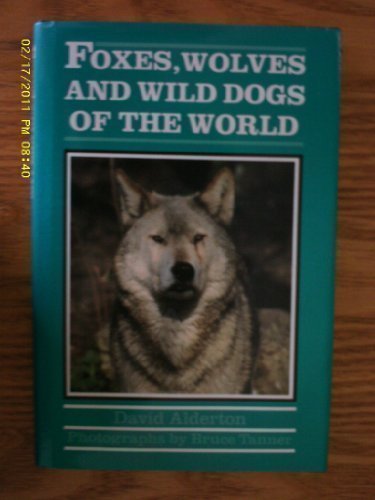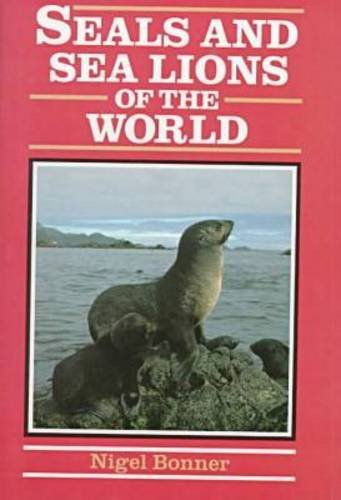-
Bread, Bread, Bread
Ann Morris, Ken Heyman
Paperback (HarperCollins, May 21, 1993)Bread is a food enjoyed by people in all parts of the world. Its many shapes, sizes, textures, and colors are as varied as the people who eat it. This photographic round-the-world tour provides a glimpse into the rich variety of world cultures, as well as an informative look at an important food that everyone agrees is as necessary as water and air.Supports the Common Core State Standards. F
F
-
Houses and Homes
Ann Morris, Ken Heyman
Paperback (HarperCollins, March 29, 1995)The world is full of houses. Big houses and little houses. Houses that stay in one place and houses that move from place to place. Some houses are made of wood or stone; others are made from mud or straw. But all of them are made for families to live in. G
G
-
Hats, Hats, Hats
Ann Morris, Ken Heyman
Paperback (HarperCollins, May 21, 1993)"A hat can say a lot about where you come from, what you do, and who you are. You see, there's a lot more under a hat than just a head! With dazzling full-color photographs and an index. E
E
-
Bees of the World
Christopher O'Toole, Anthony Raw
Hardcover (Facts on File, Oct. 1, 1991)Examines the variety of species, lifestyles, and life history of bees, and looks at their role in the ecosystem
-
House at World's End
Monica Dickens
Paperback (Bloomsbury Reader, Aug. 14, 2012)Carrie, Tom, Em and Michael Fielding are at the mercy of their rotten Uncle Rudolph after a fire leaves them homeless, with their mother in hospital and their father abroad at sea. Uncle Rudolph and his vain wife Val reluctantly take the children in, but soon let them live alone at World's End, their ramshackle house in the countryside, rather than look after them. So begins a life with no grown-ups where the Fielding children can adopt as many dogs, cats, monkeys and horses as they like. Free at last from interference from their relatives, they begin to fend for themselves, adding to their already sizeable collection of animals – rescuing them from the thoughtless cruelty of adults. The House at World's End is the first adventure in The World's End series. U
U
-
Lizards of the World
Chris Mattison
Paperback (Sterling Pub Co Inc, Dec. 31, 1998)An introduction to the origins, physical characteristics, habits, and natural environment of various species of lizards.
-
Foxes, Wolves and Wild Dogs of the World
David Alderton, Bruce Tanner
Hardcover (Facts on File, Aug. 1, 1994)Dogs have become an integral part of the lives of millions of people around the world - as working animals or simply as domestic pets - but their wild relatives are being pushed ever closer to extinction. The ancestor of the domestic dog, the grey wolf, has been eliminated from most of Europe and, in the USA, the red wolf's plight is such that it is currently the subject of an intensive captive-breeding and reintroduction program.This book examines all members of the Canidae, showing where the existing 34 species are distributed, and how they have been affected by human pressures. David Alderton describes fully the form, function, reproduction, lifestyles and distribution of the wild canids. The text is illustrated throughout by superb color photographs, specially taken for this book. There are also clear distribution maps for every species, and a full checklist of the Canidae.It is the ultimate irony that though we have accepted the domestic dog into our homes, we still generally perceive its ancestor as an evil killer. Such a lack of understanding is probably the greatest barrier to the effective conservation of wolves and other wild canids. Foxes, Wolves and Wild Dogs of the World breaks down these popular misconceptions and shows that positive action is needed to safeguard the future of wild canids.
-
Seals and Sea Lions of the World
Nigel Bonner
Hardcover (Facts on File, Nov. 1, 1994)This latest title in the "Of the World" series - the seventeenth - covers that fascinating group of animals whose evolution into their present forms and life-styles seems almost contradictory. While seals, sea lions and walruses are indeed mammals, their habitat is very much an aquatic one, their limbs now fully adapted for swimming rather than land locomotion.The various families of the order Pinnipedia - fur seals, sea lions, walruses and the phocid seals - are described and illustrated. Evolution, classification, distribution, life-cycles, zoology and their current status and future are all fully discussed. In addition, the complex question of their relationship with humans is examined. As with other marine-dwelling mammals, the issues are controversial. In examining topics such as conflicts between seals and fishing and culling and the fur trade, expert author Nigel Bonner adopts a professional and unemotional approach, based on first-hand knowledge and much experience.Their aquatic life and the remoteness of their habitats make the seals and their kin hard to study. Yet encounters with these species have produced in many people a particularly strong response, sometimes becoming sentimental. This book sensibly places them in context through a clear understanding of their natural history and their interactions with humans. The text is enhanced throughout by some 100 color photographs, detailed diagrams and maps.
-
Foxes, Wolves & Wild Dogs of the World
David Alderton, Bruce Tanner
Paperback (Sterling Pub Co Inc, Dec. 31, 1998)A guide to the wild members of the canine family, including foxes, wolves, coyotes and dingos. Sections include: classification and species; distribution and habitat; physiology and zoology; breeding and reproduction; food and feeding; behaviour and life cycles; and interaction with humans.
-
Italy
Betsy Franco, Susan O'Neill, Jo Supancich
Paperback (Evan-Moor Corp, Dec. 1, 1995)The folktale recounted in this unit is titled Three Lost Princesses. It is illustrated with charming line art that will help hold your students' attention, as they begin their education in Italian culture and family life. Complete follow up instructions and suggestions bring Italian clothing and food, as well as Italian vocabulary, to the forefront and help students produce their own picture book of the story. Cut-out characters and a story mat are included.This unit also helps children learn by making Carnevale masks, horns and streamers, as well as mosaics. There's also a recipe for pizza, words and music to a traditional Italian song, and a rules for playing Bocce. Language is addressed with An Italian Conversation, a dialogue for two students to learn and recite. Other pages feature Celebrating Carnevale, Creating a Classroom Trattoria, Wonderful Foods of Italy, and Using Italian Money.The Flag of Italy, Maps of Italy and Europe, a counting chart, and a glossary of terms are also included. Activities are always begun with a paragraph of Cultural Background and a Preparation list, followed by complete, step-by-step instructions. All pages are reproducible and perforated for easy removal. C
C
-
Lizards of the World
Chris Mattison
Hardcover (Facts on File, Nov. 1, 1989)An introduction to the origins, physical characteristics, habits, and natural environment of various species of lizards.
